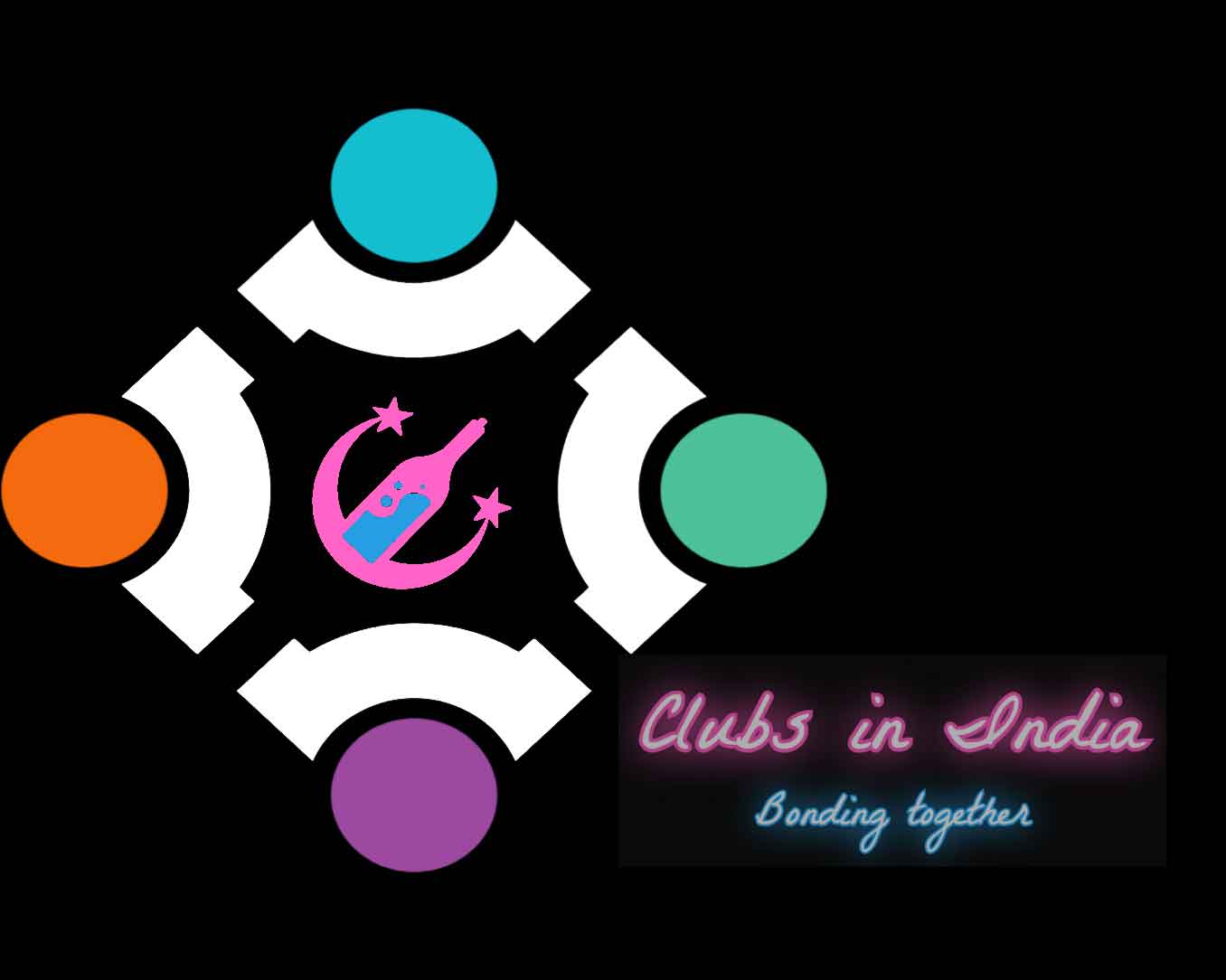Located on a prime site on Azad Maidan in South Mumbai and offering the finest sporting facilities to its members, the Bombay Gymkhana has had as fascinating a history as that of the city of its birth.
Until the restructuring of the Fort area in the 1860s after the demolition of the ramparts, the foreshore beaches and maidans of the city, such as the Bombay Green and the Esplanade formed the core of Bombay’s social and sporting life. The maidans were popular venues for a variety of sports and especially cricket. The British had their Hunt and gymkhanas, swimming, yachting and racing clubs but had no formal club-houses.
In 1872, a decision was taken to amalgamate the activities of several sporting clubs such as the hockey, football, golf, cricket, gun and boat clubs into one association and, as an early brochure published by the Club decreed, “to offer young sportsmen of small means the opportunity of indulging their proclivities at a minimum cost to themselves and at a maximum production of enjoyment to the general public”. The establishment of the Club was largely due to the steadfast efforts of Captain Ernest Lindsay Marryat and Lieutenant Carmichael Light Young.
The historic meeting of members of the various clubs to formally establish the Bombay Gymkhana was held on 19 June, 1875 in the offices of W Nicol & Company. The first President of the club was Justice Sir Lyttleton Bayley of the Bombay High Court, who served in this capacity for the following 20 years until his retirement in 1894. Social status and an interest in sports were important criteria for membership and 200 gentlemen were enrolled as the first members of the new Club.
Permission was obtained from the authorities to erect on the Parade Ground (now Azad Maidan) close to the site where the Cricket club tent was formerly pitched, a pavilion of such construction “as will admit of easy and speedy removal”. The site was to be relinquished at short notice from the Government. A Swiss chalet style club house and pavilion were designed by John Adams and completed in 1876 at the southern end of the Maidan near the apex of the triangular piece of open ground on the Esplanade near the junction of Waudby Road with Esplanade (Mahatma Gandhi) Road. The opening was celebrated in style with a Members’ Dinner.
Ironically, of the total cost of Rs.18,625 for the construction of the building, which was primarily raised by subscriptions and donations from Members, the Parsi philanthropist, Sir Cowasji Jehangir voluntarily contributed Rs.1,000 for furnishings although he could never enter the clubhouse, since membership was then only open to Europeans.
In 1876, the Boat Club was incorporated with the Bombay Gymkhana. During the year the Bombay Government gave the Club permission to enclose the triangular piece of land to the south or back of the pavilion. A part of this land was used as a lawn tennis court and outdoor gymnasium Lawn Tennis was also played on the lawns fronting the pavilion.
1877 was the momentous year during which the Club’s colours – Black and Gold – were selected and adopted. In the same year a cement flooring for a skating rink was laid on the plot of land behind the clubhouse. Permission and sanction were obtained from the Commander-in-chief and the Government of Bombay to enclose a plot of about 5000 square yards on the Maidan immediately in front of the pavilion, which had until then been used for lawn tennis. The tenure of the land, however, was insecure as it was returnable on seven days’ notice. In 1880 a bowling green was laid down in part of the enclosure. The skating rink was converted into a court for what was then popularly known as ‘Indian lawn tennis’. The year 1882 saw the completion at a cost of Rs.33,500 of the Racquet or Squash courts on a plot of land close to the pavilion. Three years later, in 1885 a long lease of the site was obtained at a cost of Rs.6,175. In the earlier year, 1884, the grass lawn tennis courts were converted into metalled or gravel courts while the old skating rink was slightly set back. Permission was also obtained to enclose a further stretch of the Maidan on which more courts were laid out. Badminton, which was becoming increasingly popular was played in the central hall of the pavilion.
Source: http://www.bombaygymkhana.com/Aboutus/AboutUsMore.aspx

